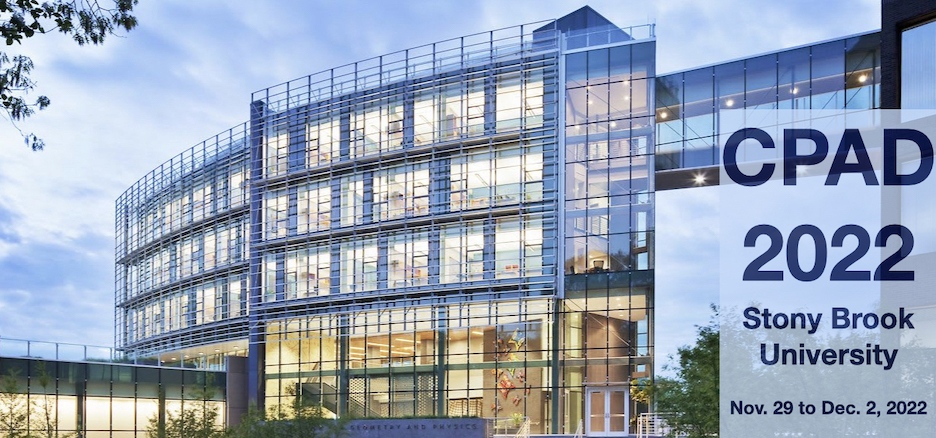Speaker
Description
The characterization and minimization of backgrounds from primordial radionuclides and their long-lived progeny is critical to accurately simulate background and achieve sufficient signal-to-noise for a detection in rare-event physics detectors, like direct detection of dark matter and neutrinoless double beta decay investigations. Current inductively coupled plasma mass spectrometry assay capabilities can achieve 232 Th and 238 U determinations down to the nanoBq/kg level while radiometric counting methods are typically several orders of magnitude less sensitive for the decay chain progeny for which they are most sensitive. When direct determination of the entire decay series is indiscernible due to insufficient sensitivity, many experiments assume secular equilibrium. However, physical and chemical processes in material manufacturing can significantly fractionate the decay series to be out of secular equilibrium. This can lead to inaccurate background predictions and mischaracterized detector sensitivities.
This work reports an extensive literature study regarding the current understanding of secular equilibrium in materials used for low-background detectors. We will discuss future research that will investigate how physical and chemical processes perturb secular equilibrium and whether these processes can be utilized to better understand and/or develop ultra-pure materials for future generation experiments.

